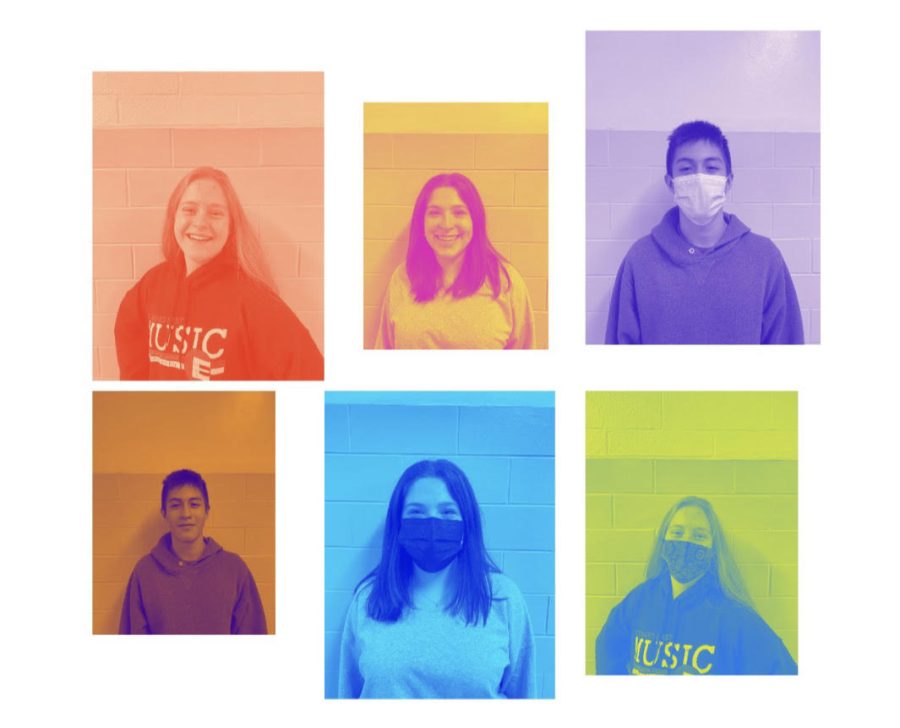“Mask-Fishing”: Students and Staff are Shocked by What Lies Behind the Mask
In a recent student survey, a senior at East (who has requested to remain anonymous for the sake of their teacher), describes an odd experience she had earlier this school year.
“I was sitting in class, listening to my teacher, when she went to get a drink of water. When she pulled down her mask, her nose was huge. It was kind of scary.”
After speaking with a number of other students and staff, it turned out that this spectacle is actually very common, and has a name among youth: “mask-fishing.”
The term “mask-fishing” has been used to describe someone who looks completely different from what an observer had initially thought prior to mask removal, leaving them in a state of shock after seeing their true facial structure and appearance.
Allison O’Callaghan, a junior at East, said, “It can really come as a shock when someone takes off their mask and the lower half of their face looks nothing like you ever expected it to.”
This idea originates from the popular social media platform Tik Tok, and gained popularity shortly after the start of the COVID-19 pandemic. This experience has become one shared by people across the world, who are learning to adjust to increasingly masked lives.
LJ Bobier, a sophomore at East, only met a fraction of his classmates last year due to remote and hybrid learning. While he is comfortable around those he already knows, there are hundreds of faces that he has never seen, leaving him vulnerable to a number of “mask-fishers.”
“When random people take off their mask they look completely different. I feel like everyone’s noses always look really big,” said Bobier.
While the implications of this phenomenon may seem small, many students and staff highlight an increased difficulty when trying to interact and understand what others are trying to express, without being able to see one’s entire face.
Senior Ann Nguyen agrees, saying, “I can usually get the gist of what others are saying. It can be hard during Spanish class, though. When we learn new words and phrases, it’s harder to see our teacher and how they pronounce them.”
But is “mask-fishing” more than a humorous way for students to describe an underlying issue? Many teachers argue that, in fact, there can actually be a gap between student and staff relations.
AP Psychology teacher, Marco Parducci, notes that there may actually be psychological reasoning behind why this phenomenon can be, at times, really shocking.
“The brain is programmed to recognize faces. That’s why when you look at clouds or other objects, you see a face. When you take away half of that face, you lose half of your clues when interacting with other people.”
He then goes on to describe how it affects interpersonal relationships:
“We actually get a lot from facial expressions. Someone is mad, angry, or that kind of thing. How to read it. We lose a lot of that, especially in youth who are still learning how to read social cues.”
In day-to-day learning and activity, we are continuing to learn more about the effects that mask-wearing brings. While many of these will remain unknown for some time, we are seeing tangible effects in the classroom.
Science teacher Ms. Raza said that “facial expressions can sometimes be harder to tell, so teachers are relying a lot more on other forms of body language. For instance, now you have to use other ways to understand how engaged students are.”
Parducci also said masks have altered teaching and learning.
“Education is so different now. Time will tell,” he said.

Marcos Chavez is a senior and this is his second year on Echo! At East, he is a part of the soccer team, Key Club, and Link Crew. In his free time, he...








